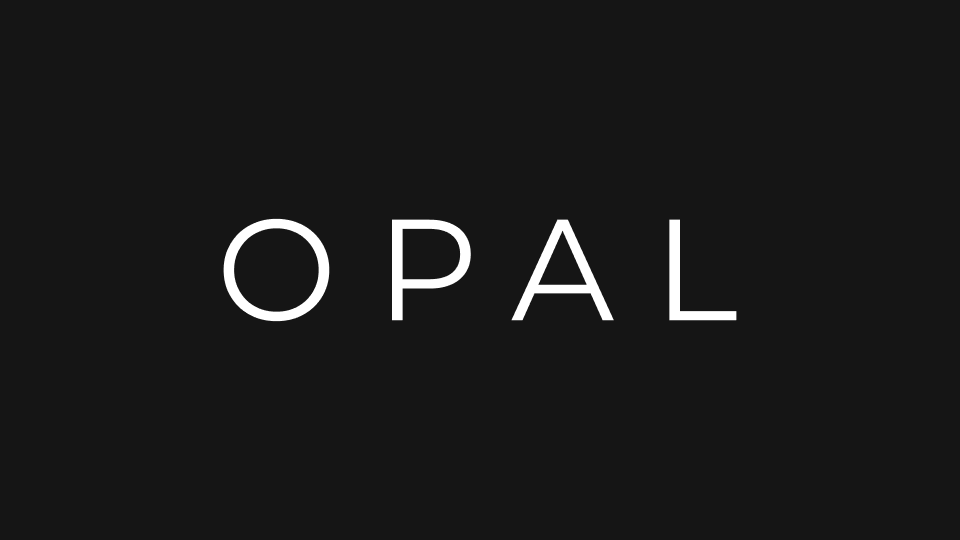1.00Problem
1.00Problem
Wavy sent participants an 8-question Typeform survey after events. Though it covered all the basics, many dropped off. Organizers wanted to customize surveys to remove irrelevant questions and add more useful ones. Survey results appeared in the event’s Feedback tab, but the UI was built around the fixed questions and needed a redesign for customization. The platform didn’t explain surveys or what questions would be asked, a leftover from when Wavy manually handled them.
2.00Survey
2.00Survey
We combined all survey-related info and tools into a single tab, making surveys easy to find, manage, and revisit. For questions, we kept it simple with three types: rating, multiple choice, and long answer. This gave organizers enough flexibility without making things too complicated.
2.01Survey tab
3.00Insights
3.00Insights
We renamed the “Feedback” tab to “Insights” because “Feedback” felt too focused on just what people said. Since the tab also includes participation data, “Insights” better captured all post-event info. It highlights the main goal: What did we learn? What are the takeaways? Clicking the tab now feels intentional: “I want insights.” The new name also ties event insights to the global Insights page, reinforcing their shared purpose.
3.01Insights tab
4.00Keeping old data
4.00Keeping old data
A key constraint was avoiding data loss from past surveys. By using rating, multiple-choice, and long-answer, we migrated all fixed questions into controlled formats without losing any data. We didn’t need the 30+ data types Typeform offered—ratings, multiple choice, and long answer covered all user needs. The old fixed questions remained as a default template, giving organizers guidance while allowing customization. This saved Wavy money by eliminating the need for Typeform and cleaning up code tied to that integration.

4.01Typeform vs Wavy surveys
5.00Written Summaries
5.00Written Summaries
We faced a challenge in showing averaged written feedback in the summary section. Quantitative data like ratings and multiple choice were easy to summarize, but written responses lacked a simple solution. We used an LLM to summarize long answer responses, making it easy to catch a vibe without reading every response. If needed, the summarized section could be expanded to view individual feedback, making it easy to dive deeper when the summary wasn’t enough.

5.01Written feedback component






































